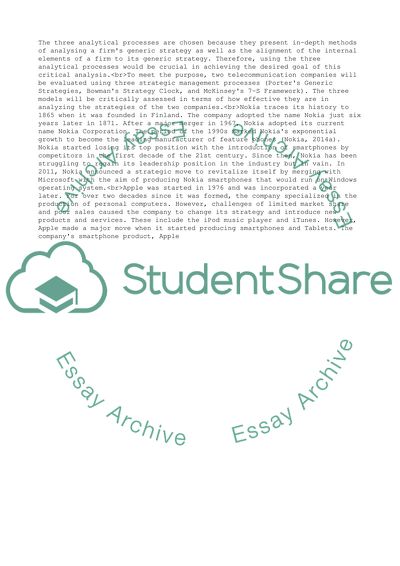Cite this document
(Business and management (Strategic management) Assignment, n.d.)
Business and management (Strategic management) Assignment. https://studentshare.org/management/1849930-business-and-management-strategic-management
Business and management (Strategic management) Assignment. https://studentshare.org/management/1849930-business-and-management-strategic-management
(Business and Management (Strategic Management) Assignment)
Business and Management (Strategic Management) Assignment. https://studentshare.org/management/1849930-business-and-management-strategic-management.
Business and Management (Strategic Management) Assignment. https://studentshare.org/management/1849930-business-and-management-strategic-management.
“Business and Management (Strategic Management) Assignment”. https://studentshare.org/management/1849930-business-and-management-strategic-management.


